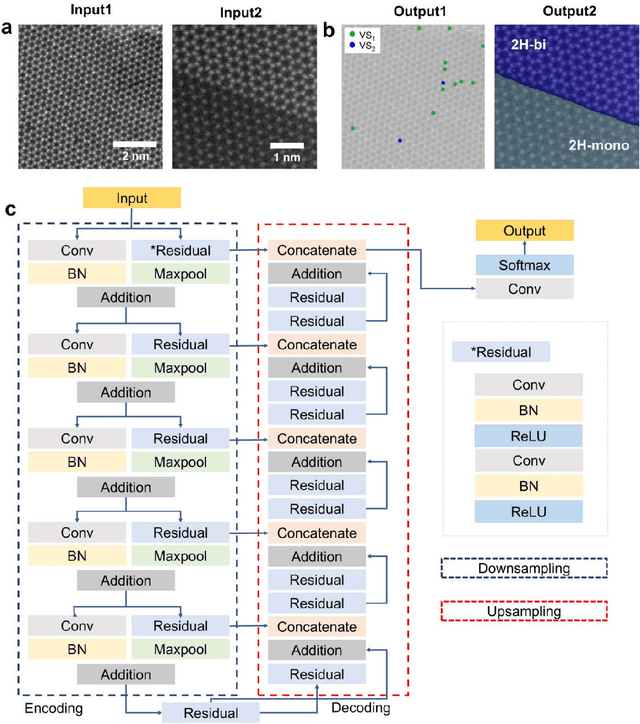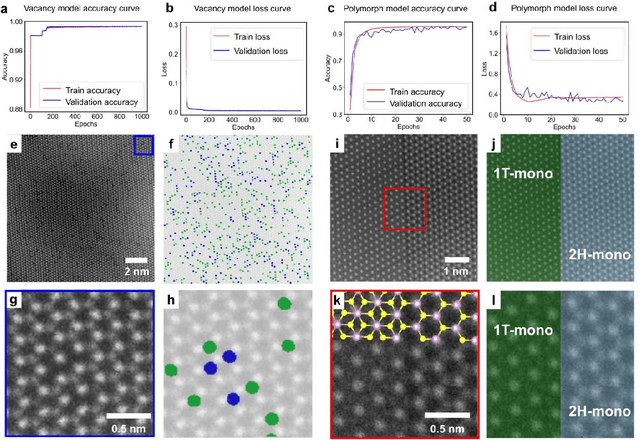Yong Soo Kim
Enhancing LLMs' Clinical Reasoning with Real-World Data from a Nationwide Sepsis Registry
May 05, 2025Abstract:Although large language models (LLMs) have demonstrated impressive reasoning capabilities across general domains, their effectiveness in real-world clinical practice remains limited. This is likely due to their insufficient exposure to real-world clinical data during training, as such data is typically not included due to privacy concerns. To address this, we propose enhancing the clinical reasoning capabilities of LLMs by leveraging real-world clinical data. We constructed reasoning-intensive questions from a nationwide sepsis registry and fine-tuned Phi-4 on these questions using reinforcement learning, resulting in C-Reason. C-Reason exhibited strong clinical reasoning capabilities on the in-domain test set, as evidenced by both quantitative metrics and expert evaluations. Furthermore, its enhanced reasoning capabilities generalized to a sepsis dataset involving different tasks and patient cohorts, an open-ended consultations on antibiotics use task, and other diseases. Future research should focus on training LLMs with large-scale, multi-disease clinical datasets to develop more powerful, general-purpose clinical reasoning models.
STEM image analysis based on deep learning: identification of vacancy defects and polymorphs of ${MoS_2}$
Jun 09, 2022



Abstract:Scanning transmission electron microscopy (STEM) is an indispensable tool for atomic-resolution structural analysis for a wide range of materials. The conventional analysis of STEM images is an extensive hands-on process, which limits efficient handling of high-throughput data. Here we apply a fully convolutional network (FCN) for identification of important structural features of two-dimensional crystals. ResUNet, a type of FCN, is utilized in identifying sulfur vacancies and polymorph types of ${MoS_2}$ from atomic resolution STEM images. Efficient models are achieved based on training with simulated images in the presence of different levels of noise, aberrations, and carbon contamination. The accuracy of the FCN models toward extensive experimental STEM images is comparable to that of careful hands-on analysis. Our work provides a guideline on best practices to train a deep learning model for STEM image analysis and demonstrates FCN's application for efficient processing of a large volume of STEM data.
* 24 pages, 5 figures
 Add to Chrome
Add to Chrome Add to Firefox
Add to Firefox Add to Edge
Add to Edge